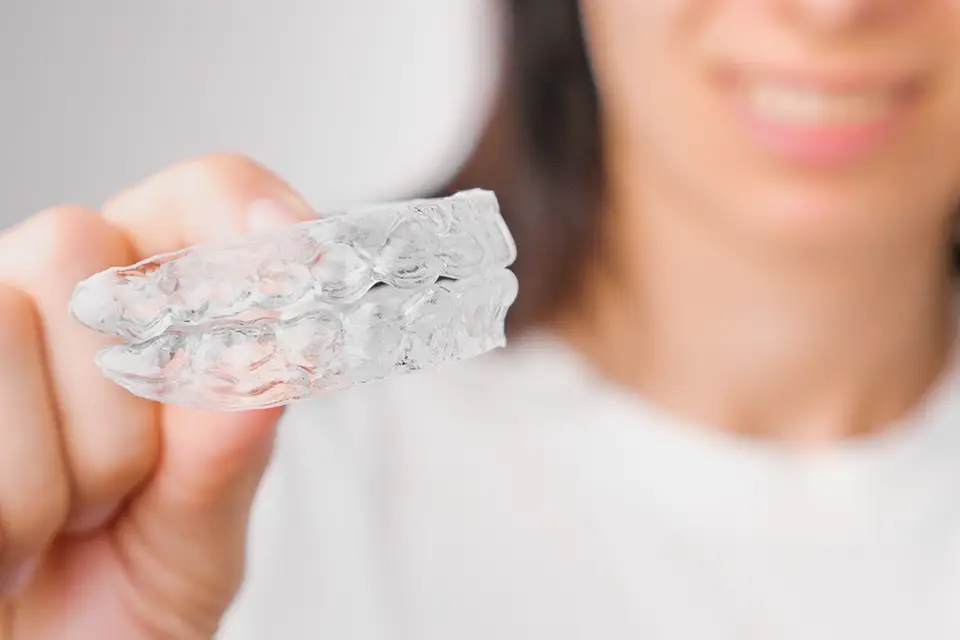Tooth fillings are a frequent dental procedure that restores missing tooth structures’ function, integrity, and morphology. A dental filling may be necessary due to decay, wear, or accidental damage. Furthermore, Sunshine Dentistry in Richmond Hill, Ontario, offers a thorough review of the materials used in fillings to help our patients make informed decisions.
Understanding Tooth Fillings
A tooth filling is a material used to fill a cavity or restore a damaged tooth. The procedure entails removing the decayed portion of the tooth, cleaning the afflicted area, and then filling the cavity with a suitable substance. The goal is to restore tooth structure and function while preventing additional decay.
Types of Tooth Filling Materials
Various materials are used for dental fillings, each with benefits and drawbacks. Here, we discuss the most common ones:
Amalgam Fillings
Composition: Amalgam fillings are made from a combination of metals, including silver, mercury, tin, and copper.
Advantages:
- Durability: Amalgam fillings are strong and can endure several years.
- Cost-Effective: They tend to be more affordable than alternative filling options.
Disadvantages:
- Aesthetics: Amalgam fillings are silver and might be noticeable, making them less suitable for visible teeth.
- Mercury Concentration: While major health organizations consider amalgam fillings safe, concerns have been expressed about the mercury content.
Composite Fillings
Composition: The composition of composite fillings is a combination of fine glass particles and plastic.
Advantages:
- Aesthetic Appeal: These fillings can match the colour of your natural teeth, making them almost unnoticeable.
- Bonding: Composite fillings bond directly to the tooth, providing additional support.
Disadvantages:
- Durability: Composite fillings may require more frequent replacement than amalgam fillings because they are less durable.
- Cost: They are generally more expensive than amalgam fillings.
Ceramic fillings
Composition: Ceramic fillings, most frequently composed of porcelain, are an additional alternative for tooth restoration.
Advantages:
- Aesthetics: Ceramic fillings are tooth-coloured and highly resistant to staining.
- Durability: They are more resilient than composite fillings and can last many years.
Disadvantages:
- Cost: Ceramic fillings are generally more expensive than amalgam and composite fillings.
- Brittleness: They may be more brittle and necessitate the removal of a more significant portion of the tooth to place them securely.

Gold Fillings
Composition: Gold fillings are made from a gold alloy.
Advantages:
- Durability: Gold fillings are remarkably durable and can endure for decades.
- Biocompatibility: The gum tissues tolerate them well and do not corrode.
Disadvantages:
- High Cost: Gold fillings are the most expensive type of filling.
- Aesthetic: Their noticeable color can be a drawback for those concerned with the appearance of their teeth.
Glass Ionomer Fillings
Composition: These fillings are made from a mix of acrylic and a specific type of fluoride glass.
Advantages:
- Fluoride Release: These fillings release fluoride to prevent teeth from decay.
- Bonding: They bond well to the tooth; Also dentists usually use them for fillings below the gum line.
Disadvantages:
- Durability: They are generally used for smaller fillings or in areas of the tooth that do not sustain significant pressure from chewing and are comparatively less durable than other materials.
Choosing the Right Tooth Filling
The location and extent of decay, patient preferences, and budget all play a role in choosing the best type of tooth filling. Moreover, at Sunshine Dentistry, our dental professionals will walk you through the alternatives, provide expert guidance, and help you select the best material for your needs, ensuring you feel supported and reassured in your dental care.
FAQs
How long do tooth fillings last?
The lifespan of a filling depends on the material used, but they typically last between 5 to 15 years.
Is the filling procedure painful?
Dentists usually use local anesthesia during the procedure, so patients generally do not feel pain, only some pressure.
Can I eat normally after getting a dental filling?
You should avoid eating until the anesthesia wears off. After that, you can eat normally but should avoid hard or sticky foods for a day.
Tooth fillings are essential for maintaining dental health and avoiding further decay. Understanding the different types of fillings and their benefits can help you make an informed choice about your dental care. Furthermore, if you have concerns or questions about dental fillings, please visit Sunshine Dentistry in Richmond Hill, Ontario, for a personalized consultation. Our team is here to guarantee your dental health and comfort.



